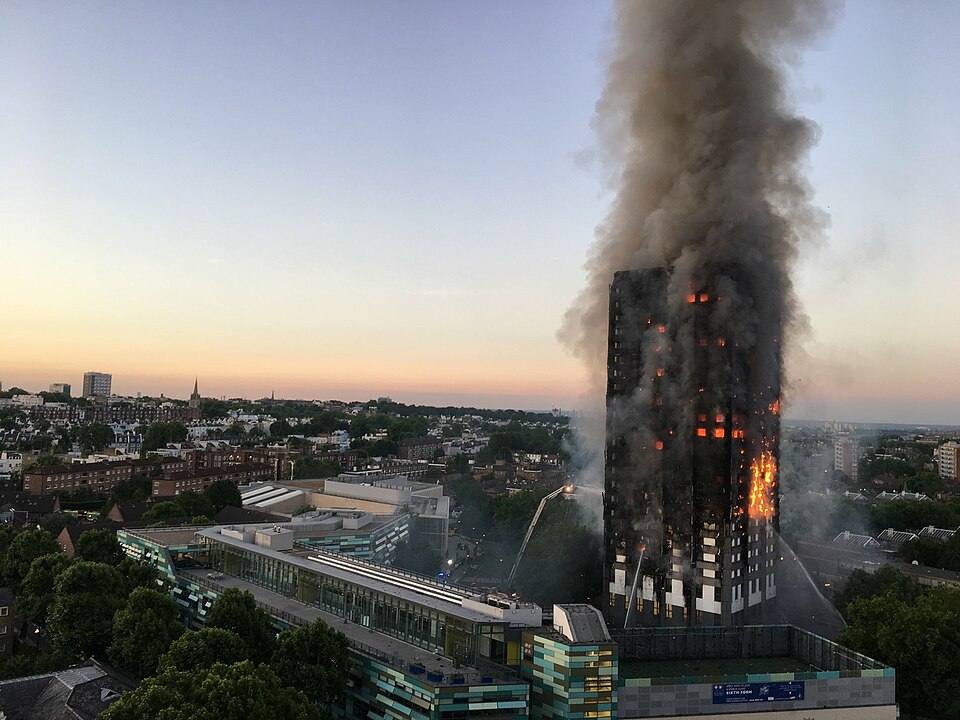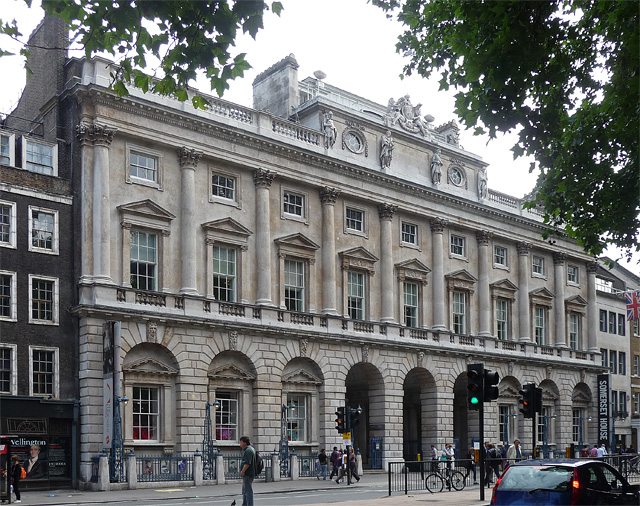Protecting Old Books from Water and Extinguishing Substances
For books and manuscripts, water and extinguishing agents unintentional leaks can represent in some cases a serious risk
Old books and manuscripts are exposed to various risks, including damage from water and extinguishing substances. Since conservation efforts are essential to safeguard these historic artefacts, it is essential to explore the risks posed by water and fire extinguishing substances, in order to define measures to mitigate these risks effectively. Water released unintentionally damages all kinds of property, like any water related accident, starting from ancient books and manuscripts, which are are often made from delicate materials highly susceptible to damage from water and, in many cases, from fire extinguishing substances, such as parchment, vellum, paper, and inks . So no wonder that water resulting from leaks, flooding or firefighting, can cause irreversible damage by staining, deforming and encouraging the growth of mold.

Likewise, fire extinguishing substances such as foam or chemicals can leave residues that corrode or degrade materials over time. The problem is well known by art experts and curators of historical heritage and, in some cases, even by firefighters, as demonstrated by the case of fire that involved an art gallery, where the firefighters were aware to have to pay particular attention to limit as much as possible the damage caused by the extinguishing water to the precious paper supports kept there. Another different and somehow curious case of damage to books due to water leakage from fire hydrant is described here.
Why water poses a specific risk for books and manuscripts?
Water poses a significant threat to ancient books and manuscripts, as even minimal exposure to moisture can cause irreversible damage. Water absorption can cause pages to bulge and distort, resulting in loss of text or illustrations. Furthermore, water stains can compromise the aesthetic integrity of documents, making them less readable and decreasing their historical value. In the event of flooding or leaks, old books and manuscripts stored in basements or low-lying areas are particularly vulnerable. Without adequate containment measures, water damage can occur quickly, jeopardizing entire collections. Additionally, standing water creates an environment conducive to the growth of mold and mildew, further accelerating the deterioration process.
Why extinguishing substances can pose a risk to books and manuscripts?
While fire extinguishing substances are essential for fighting fires and protecting human lives, they can inadvertently damage ancient books and manuscripts. Foam-based extinguishers, for example, leave residue that penetrates pages and accelerates degradation. Likewise, chemicals can react with materials, causing discoloration, embrittlement or chemical decomposition. In the aftermath of a fire, the indiscriminate use of extinguishing substances can aggravate the damage already caused by the flames and fumes. Residues left behind require immediate and meticulous removal to prevent further damage, adding complexity to the restoration process. It should be added that, while water in liquid form can cause the damage described, in the form of particles, as in water mist, it can effectively carry out the extinguishing action in a way that is often compatible with the conservation needs of paper documents.
What we can do to mitigate risks
Preventive measures can be taken to mitigate risks from water and extinguishing agents for ancient books and manuscripts. A comprehensive approach involves both proactive conservation strategies and emergency response protocols.
Climate Control:
Fluctuating humidity levels can have a significant impact on both the integrity of museum collections and the structures themselves. By understanding the effects of humidity and taking steps to maintain consistent RH levels, museums can help prevent damage or deterioration of their valuable artifacts and ensure their long-term preservation. Whether using dehumidifiers, humidifiers, or other methods to control humidity, it’s essential to prioritize the care and maintenance of collections and structures. Temperature affects the rate of chemical deterioration processes, with a doubling of temperature leading to an increase in the rate of deterioration. Since higher temperatures can cause certain materials to become soft or tacky and lower temperatures can make these materials more brittle and prone to damage from handling or physical stress. However, the issue is rather complex, as Stefan Michalski’s publication makes clear.
Correct storage:
Old books and manuscripts should be stored in archival-quality containers, such as acid-free boxes or folders, to protect them from environmental hazards. Elevated storage solutions, such as above-ground shelving, can reduce the risk of water damage in the event of flooding or leaks. According to the NFPA 909 (Code for the Protection of Cultural Resource Properties – Museums, Libraries, and Places of Worship) standard, which considers the installation of automatic fire extinguishing systems mandatory, the use of compact non-combustible cabinets allows you to avoid their installation.
Disaster preparedness:
Institutions that house valuable collections must develop comprehensive disaster preparedness plans tailored to the specific risks they face. This includes regular inspections of plumbing systems, installation of water detection devices, and training staff on emergency response procedures. While the emergency management of collections of books or other objects of historical, artistic or cultural interest does not appear to have been the subject of generally defined documents, a UNESCO-ICCROM manual on the emergency evacuation of collections during an armed conflict has been published.
Fire systems:
While fire systems are essential to protect cultural heritage institutions, care must be taken to minimize the potential impact on ancient books and manuscripts. The use of specialized fire suppression systems designed for library and archive environments can mitigate the risks associated with extinguishing agents.
Rescue and recovery procedures:
In the event of water or fire damage, prompt action is critical to recover affected materials and minimize losses. Establishing clear protocols for handling wet or contaminated items, including drying techniques and cleaning methods, can prevent further deterioration and facilitate recovery efforts. The procedures defined by the US Library of the Congress are published here.
Conservative treatments:
Conservation treatments may be necessary to stabilize and repair water-damaged or fire-damaged materials. Professional conservators employ specialized techniques to remove stains, reinforce weakened structures, and mitigate chemical degradation while preserving the authenticity and integrity of the documents.






